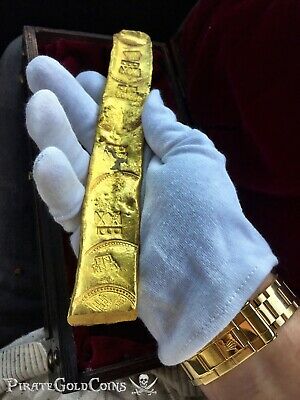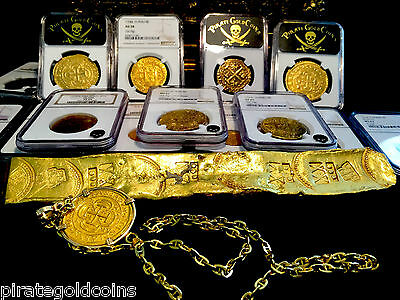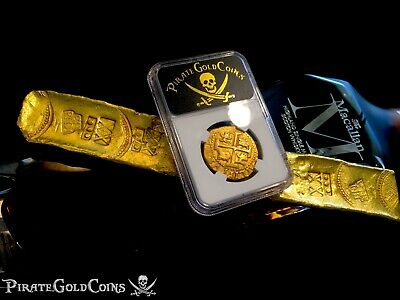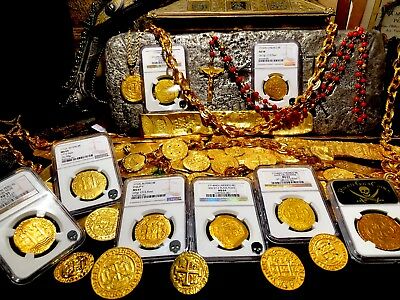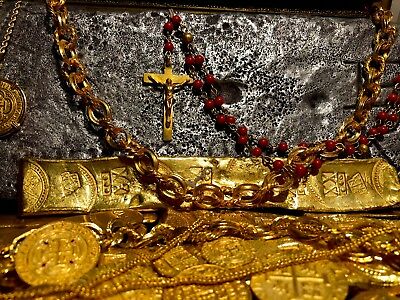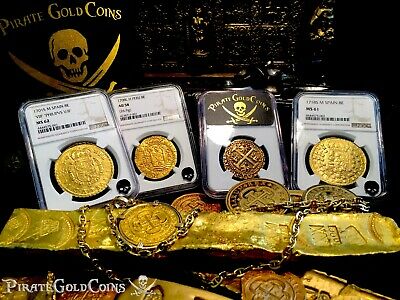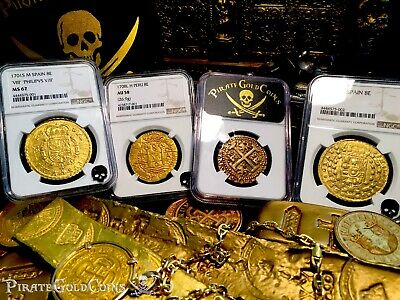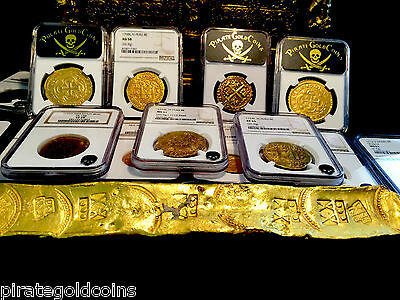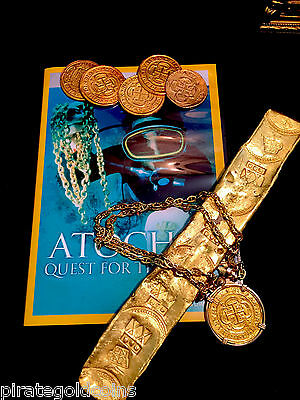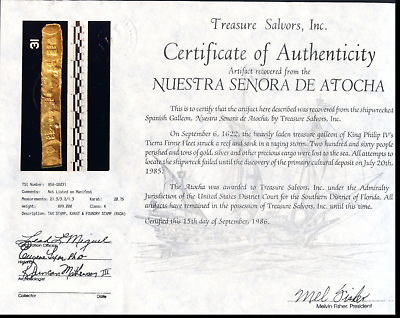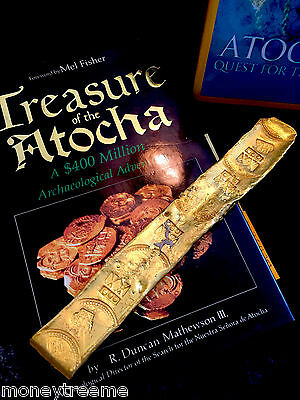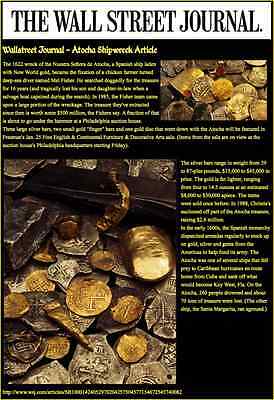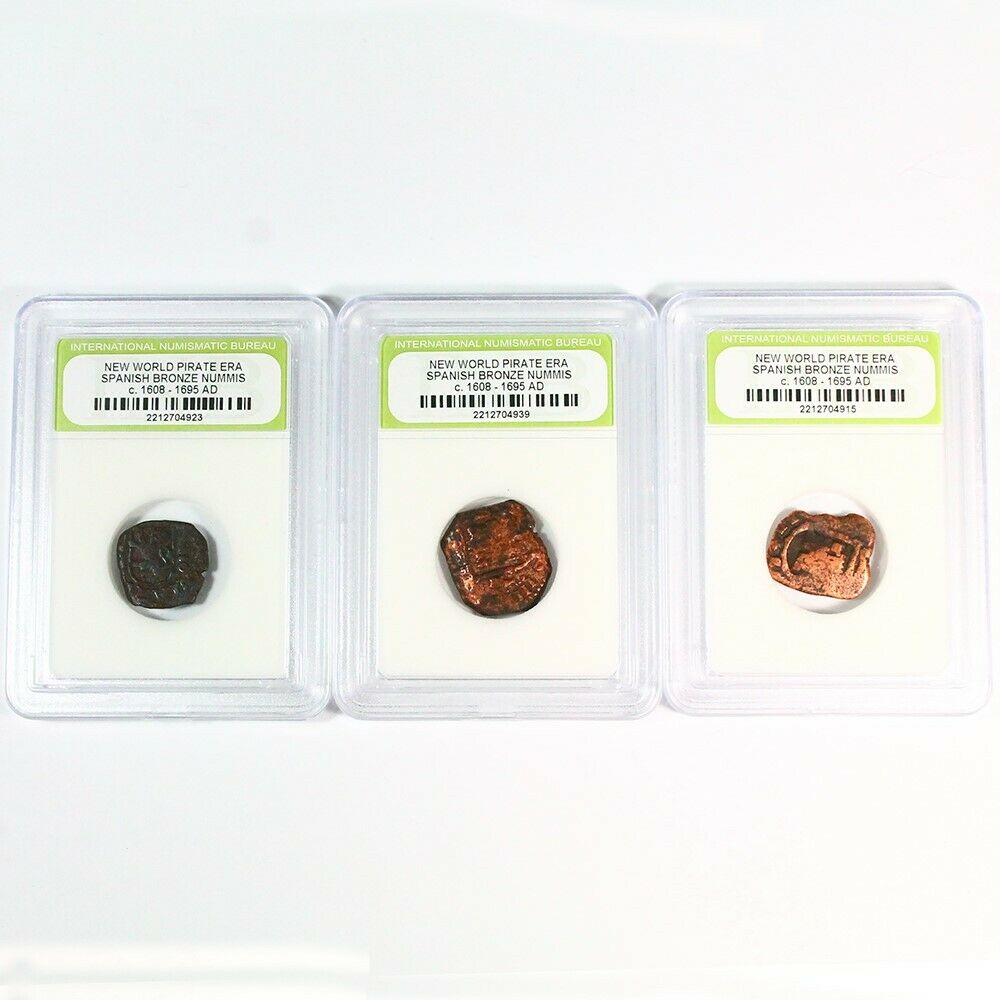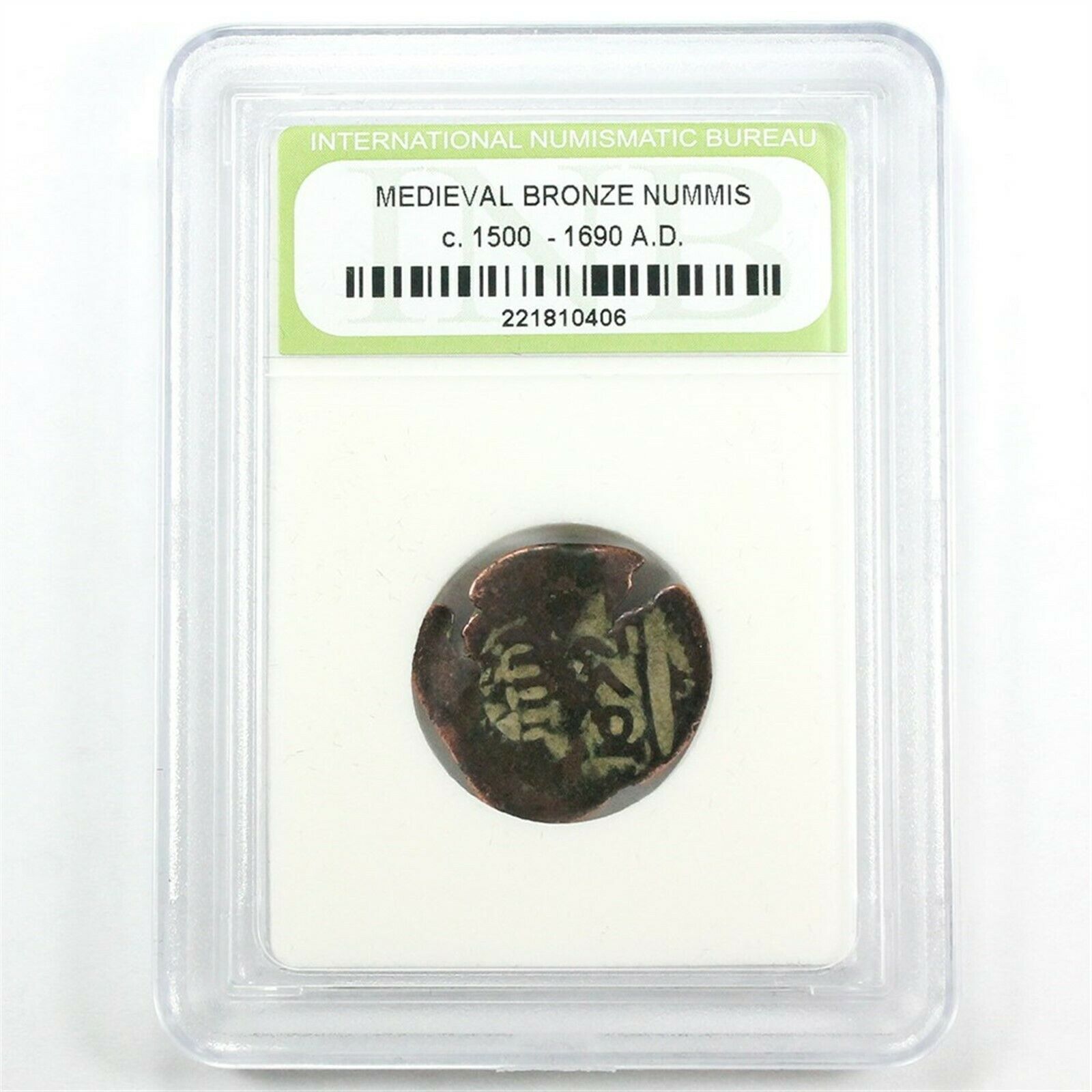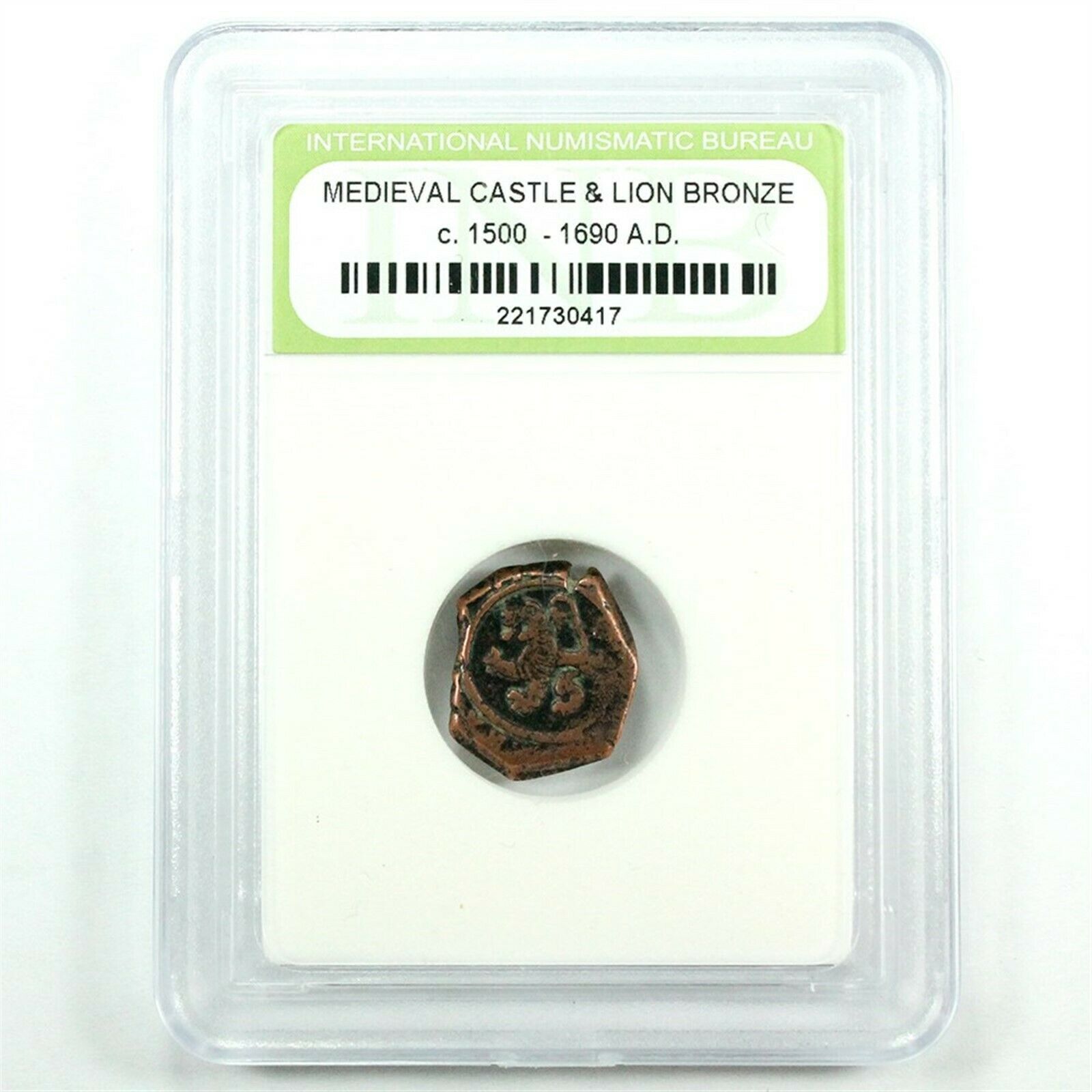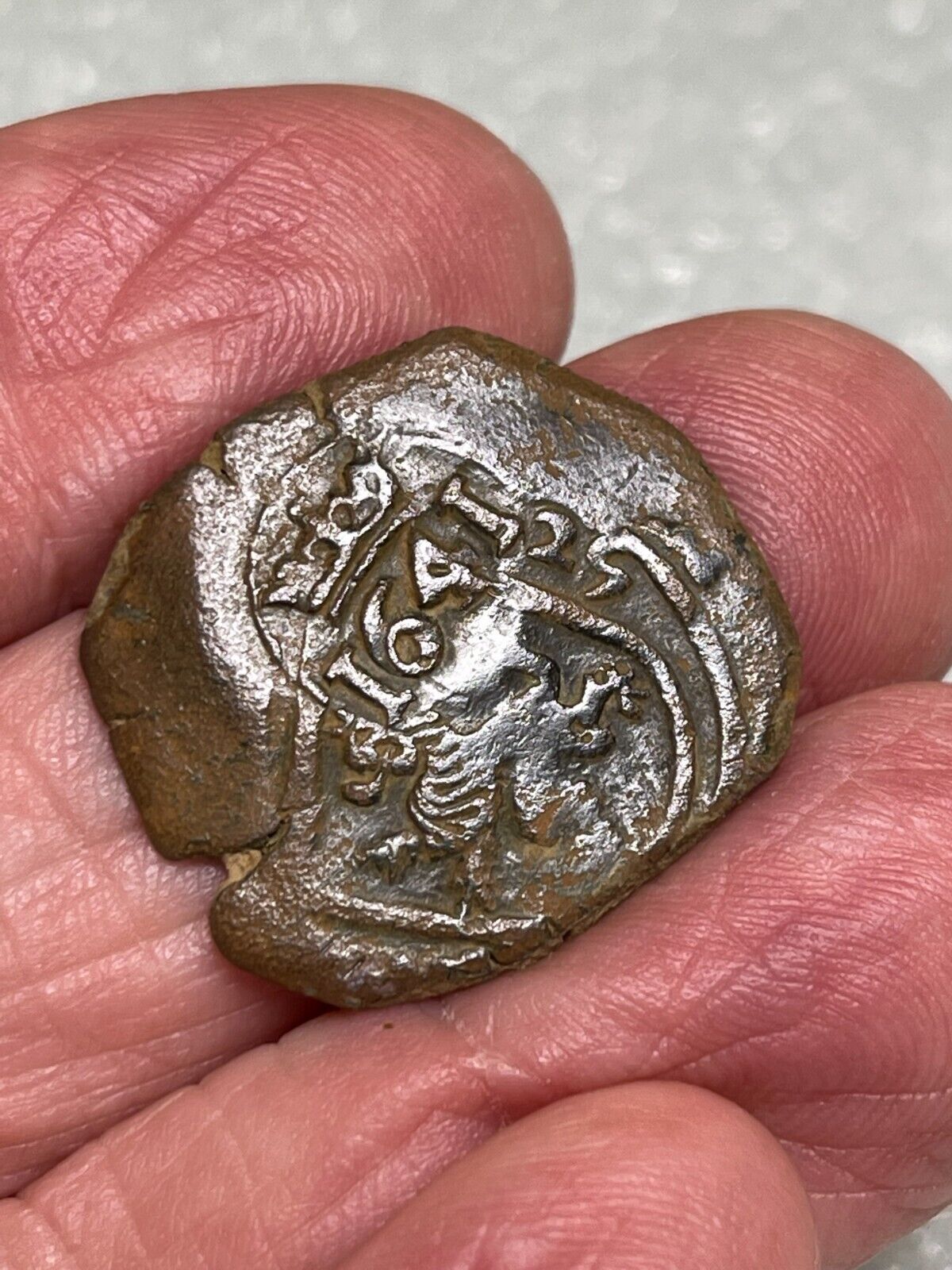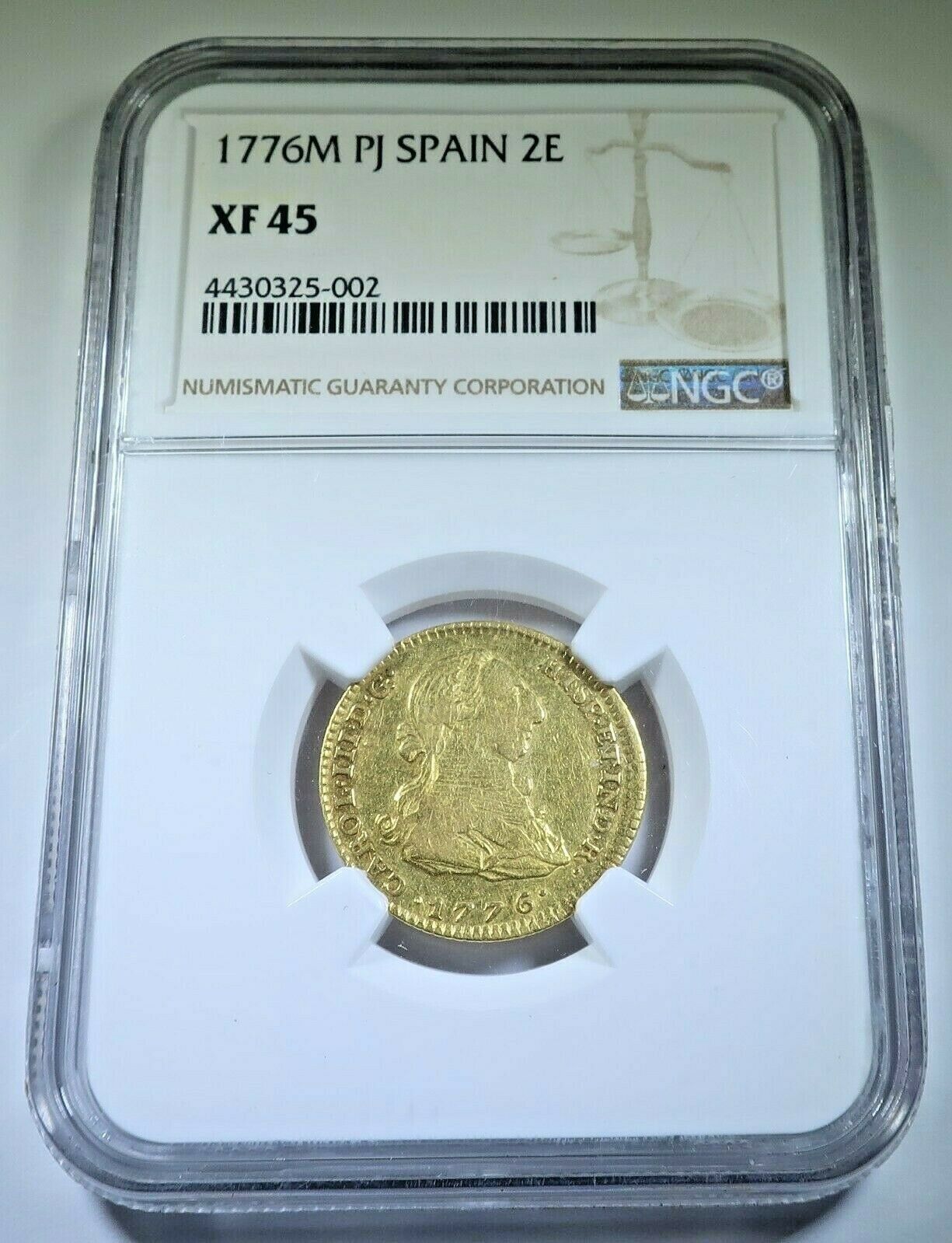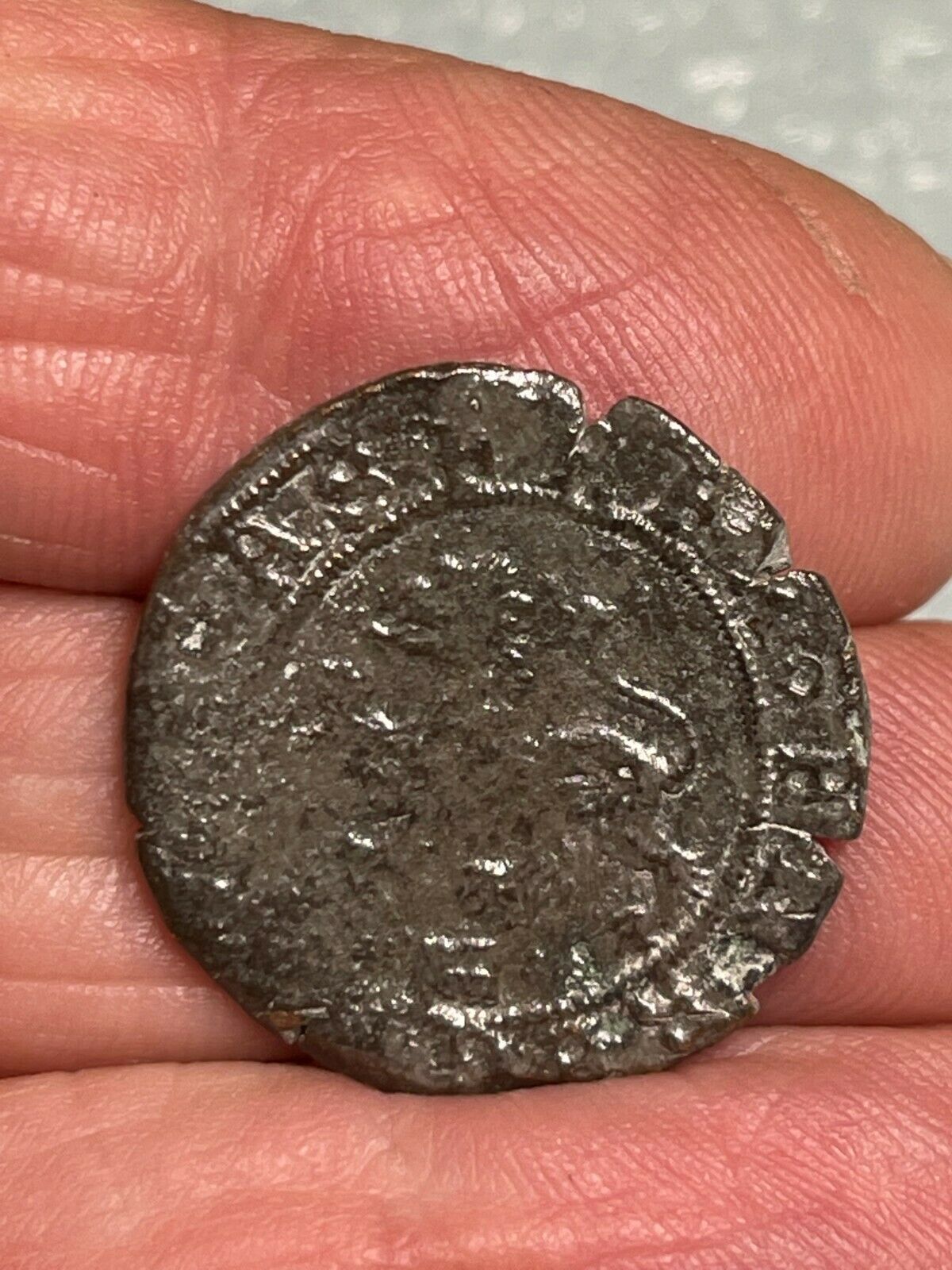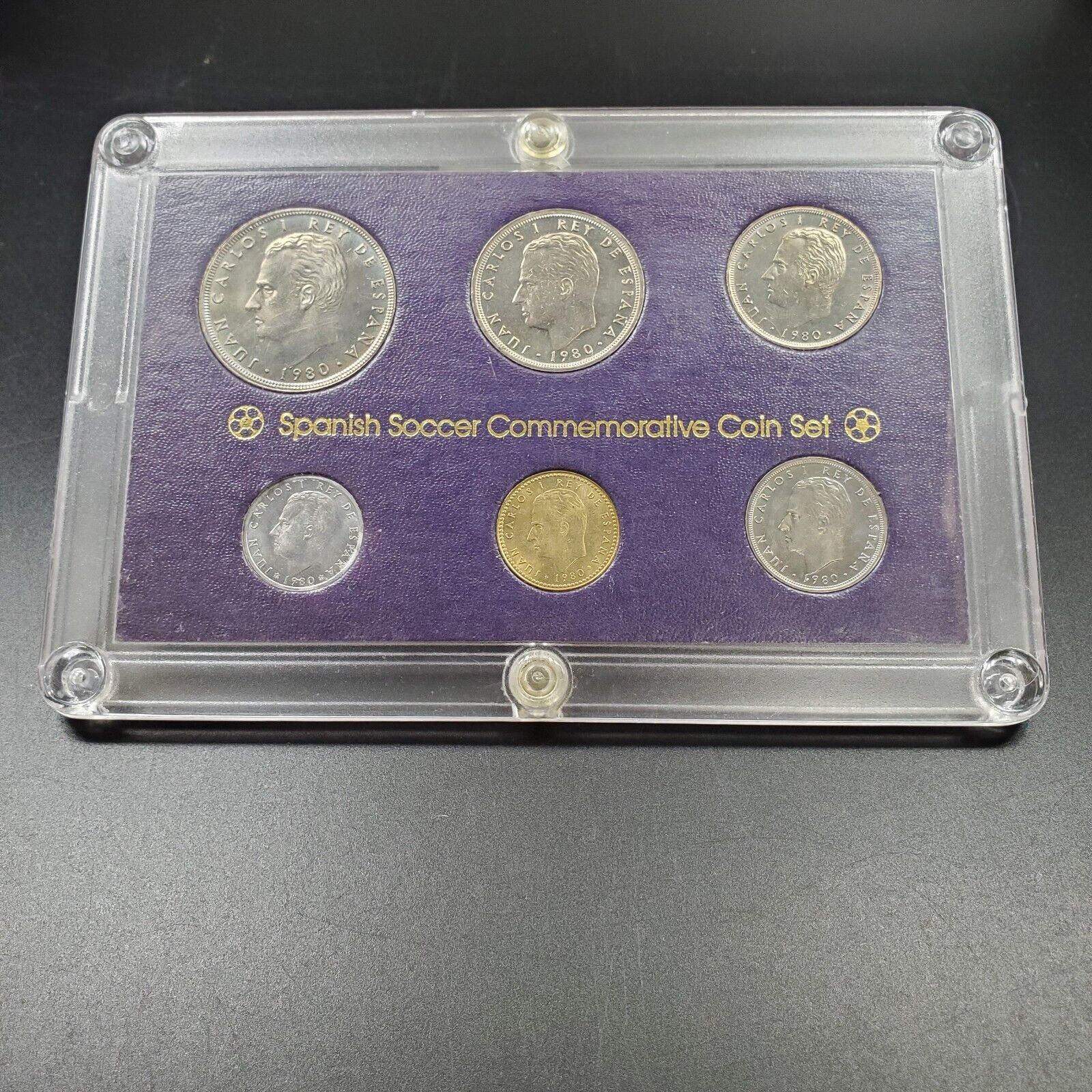-40%
ATOCHA SHIPWRECK GOLD BAR TREASURE ESCUDOS DOUBLOON COIN PIRATE JEWELRY FLEET
$ 264000
- Description
- Size Guide
Description
Atocha 1622 Shipwreck Gold Treasure Bar "Mel Fisher"Pirate Gold Coins Shipwreck Treasures
ATOCHA SHIPWRECK GOLD TREASURE BAR 1622 "MEL FISHER" 31.3OZ "ENRADA- MEL FISHER 1985 SALVAGE W/ COA!
This stunning Shipwreck Gold Treasure bar from the Nuestra Señora De Atocha from 1622 was recovered July 20th 1985 by Treasure Salvors, Inc. “Mel Fisher Family.” The weight is 31.3oz (Troy ounces for gold are 31g's as opposed to the traditional 28g) The measurements are 21.3cm x 3.2mm x 1.3cm, this is a very large bar (8 1/2 inches x 1.3in x 1/2 in). Poured & Struck in COLOMBIA from the Pena-Randa Foundry in 1621-22.
I have researched many of the “En Rada” bars and this certainly ranks near the top in condition and clarity. It has 6 (SIX) Tax Stamps ~ indicating the “Royal Fifth” as been paid, 2 (TWO) Foundry stamps (En Rada) and 4(FOUR) “Purity Locations” karat markings of 20.75 karats (XX… = 20.75 karats). There’s also an assayer “scoop or bite” located at center left (called the “Bocado”). This sample “bite” was taken by the assayer to test the metal and he retained as his fee. These bars came from off the Keys “Deep Water Wreck” off the Gulf. In all my research and through colleagues’ long term research there’s approximately 12 of these bars known.
~ ATOCHA 1622 SHIPWRECK HISTORY ~
“Our Lady of Atocha,” sank in 1622 off the Florida Keys, Havana bound for Spain. Her galleon filled with all the treasure: gold, silver, copper, tobacco, gems, and jewelry. She never made it out of Veracruz to Havana – to join the fleet of the Tierra Firme (Mainland) Fleet. Her treasure was so enormous that it took 2 months to load the galleon full (in the summer of 1622 in what is now Panama City). She set sail 6 weeks behind schedule on September 4th, 1622. Only two days later on the 6th, she was pushed onto the coral reefs by a severe Hurricane (Approx. 35 miles west of “Key West.”) All but 3 sailors and two slaves drowned as her hull was ripped apart.
Authorities in Spain dispatched five more ships after receiving the news from other surviving ships in efforts to salvage both the Atocha and her sister ship the Santa Margarita,” which had also run aground near the Atocha. Due to the galleons sitting in 55’ of ocean and yet a second hurricane hitting (further scattering the treasure). The following month, salvage efforts were severely hindered. With the help of Indian slaves, over the course of many years, almost half the treasure was recovered from the Santa Margarita. This was mainly accomplished, crudely enough, by sending slaves down in a brass makeshift diving bell (with a window on the side). Many of these efforts ended in death.
Spain’s shipwrecked treasure caused nothing short of devastation to their finances, which were in dire need of funds due to their 30 year war. This forced them to borrow money and sell of galleons to raise the much needed funds. Although the Spanish recovery efforts were somewhat successful over 10 years, they never did find the “Atocha!” Finally, after 16.5 years of searching she was finally discovered in 1985 by Mel Fisher (Treasure Salvors), producing her gold and rare Muzo emeralds.
Most of the gold and silver coins were minted between 1598 to 1621 (there were also earlier dates, even as far back as the early 1500’s on board). Treasure is still being brought up to this day. Recently, in June 2011 an emerald and gold ring was brought up by treasure divers from Mel Fisher’s crew that was valued at over ,200,000 (35 miles from Key West)
Wall Street Journal Article on ‘The Atocha 1622 Shipwreck’ (Jan 14, 2012)
The 1622 wreck of the Nuestra Señora de Atocha, a Spanish ship laden with New World gold, became the fixation of a chicken farmer turned deep-sea diver named Mel Fisher. He searched doggedly for the treasure for 16 years (and tragically lost his son and daughter-in-law when a salvage boat capsized during the search).
In 1985, the Fisher team came upon a large portion of the wreckage. The treasure they've extracted since then is worth some 0 million, the Fishers say. A fraction of that is about to go under the hammer at a Philadelphia auction house.
Three large silver bars, two small gold "finger" bars and one gold disc that went down with the Atocha will be featured in Freeman's Jan. 25 Fine English & Continental Furniture & Decorative Arts sale. (Items from the sale are on view at the auction house's Philadelphia headquarters starting Friday). The silver bars range in weight from 39 to 87-plus pounds, ,000 to ,000 in price. The gold is far lighter, ranging from four to 14.5 ounces at an estimated ,000 to ,000 apiece. The items were sold once before: In 1988, Christie's auctioned off part of the Atocha treasure, raising .6 million.
In the early 1600s, the Spanish monarchy dispatched armadas regularly to stock up on gold, silver and gems from the Americas to help fund its army. The Atocha was one of several ships that fell prey to Caribbean hurricanes en route home from Cuba and sank off what would become Key West, Fla. On the Atocha, 260 people drowned and about 70 tons of treasure were lost. (The other ship, the Santa Margarita, ran aground.)
Mel Fisher's heirs have stayed in the family business and continue to mine the Atocha wreck and several others. Two Florida museums, the Mel Fisher Center and Museum in Sebastian and the Mel Fisher Maritime Museum in Key West, always have Atocha objects on display. In June, the Fisher crew came ashore with an emerald ring that Mel Fisher's grandson Sean says was recently appraised at .2 million.
The most valuable portion of the ship—the stern castle, where the onboard nobility stashed their personal artifacts and spoils—still hasn't been discovered. Betting on new technology, the younger Mr. Fisher predicts that part of the ship will be his team's by summer or before, with dives happening almost every day. "As long as the weather's good," he says, "we're on the site." .
~
